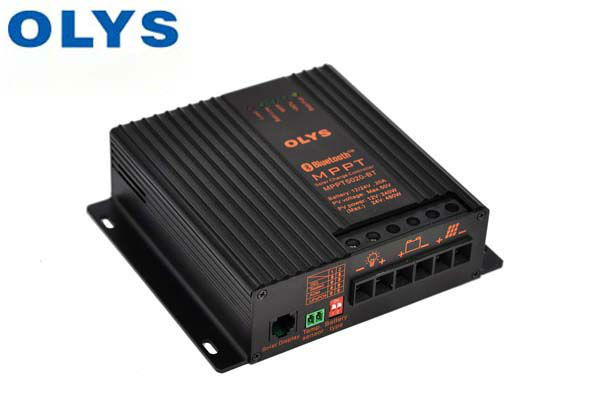Choosingthe most suitable solar panel regulator is simple and only requires two steps:
Step 1 –Voltage selection
Select acharge controller that is compatible with the system voltage. The standardconfigurations are 12, 24, and 48 volts. If you are wiring your batteries for24 volts you need a charge controller that is rated at 24 volts.
Somecontrollers are voltage specific, meaning that the voltage cannot be changed orsubstituted. Other more sophisticated controllers include a voltage auto-detectfeature, which allows it to be used with different voltage settings.
Step 2 –Current capacity
Select acharge controller that can handle the maximum output current of the solar panel(or solar array). The maximum possible current that a PV panel can generate isthe “short circuit current,” indicated as Isc in the panel’s label or specssheet.
It’srecommended to include a safety factor for isolated events as well. Forexample, a solar panel with a LSC of 7.89 amp could potentially produce anextra 25% on a sunny day with very clear snow pack. (additional light reflectedoff the snow). This results in a possible maximum of 9.86 amp (7.89 x 1.25 =9.86 amp). In this case, a 10 amp charge controller would be recommended.
Belowyou will find a quick guide to choosing the proper solar charge controller forseveral popular solar panel sizes.
